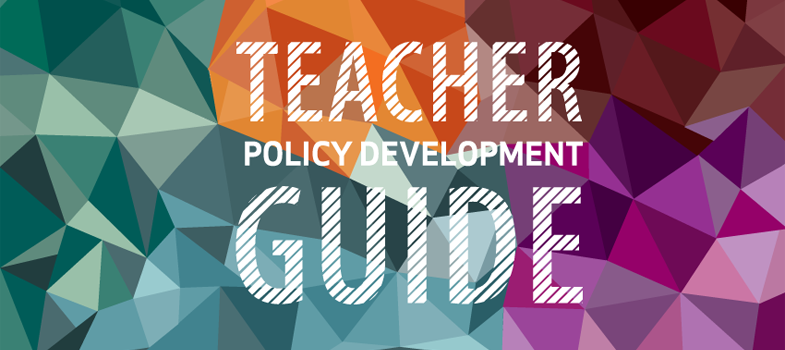5.5 Organizational arrangements for implementation
Whether in a centralized, federal or highly decentralized education system, identifying who is responsible for which parts of policy implementation at what level (see also Chapter 4) provides clarity on responsibilities, tasks and lines of communication (IIEP and GPE, 2012: 13; UNESCO, 2012a: 42–45). Defining responsibilities ranging from the highest national executive level to the school level is especially important for those most directly engaged with teachers – for example principals/school heads, inspectors, teacher educators, standard setters (professional qualification bodies) and employing authorities (teacher or public service commissions, private school managers/ employers). The multi-layered world of ECE planning and governance, often split between many government ministries or agencies, provides a good example of the importance of inter-agency/ministerial coordination for success in education policy (ILO, 2014: 33).
This is why the process requires an assessment of key success factors and roadblocks, as well as accompanying decisions on who does what, when, where and how. Such decisions should define leadership and implementation responsibilities, in addition to outlining the human and financial capacity to implement. Defining the process for implementation must address political and other hurdles that stand in the way of success. If these factors are not included in the action plan, they should be set out in an accompanying assessment, backed up by organizational directives as needed.
5.4 Monitoring and evaluation
